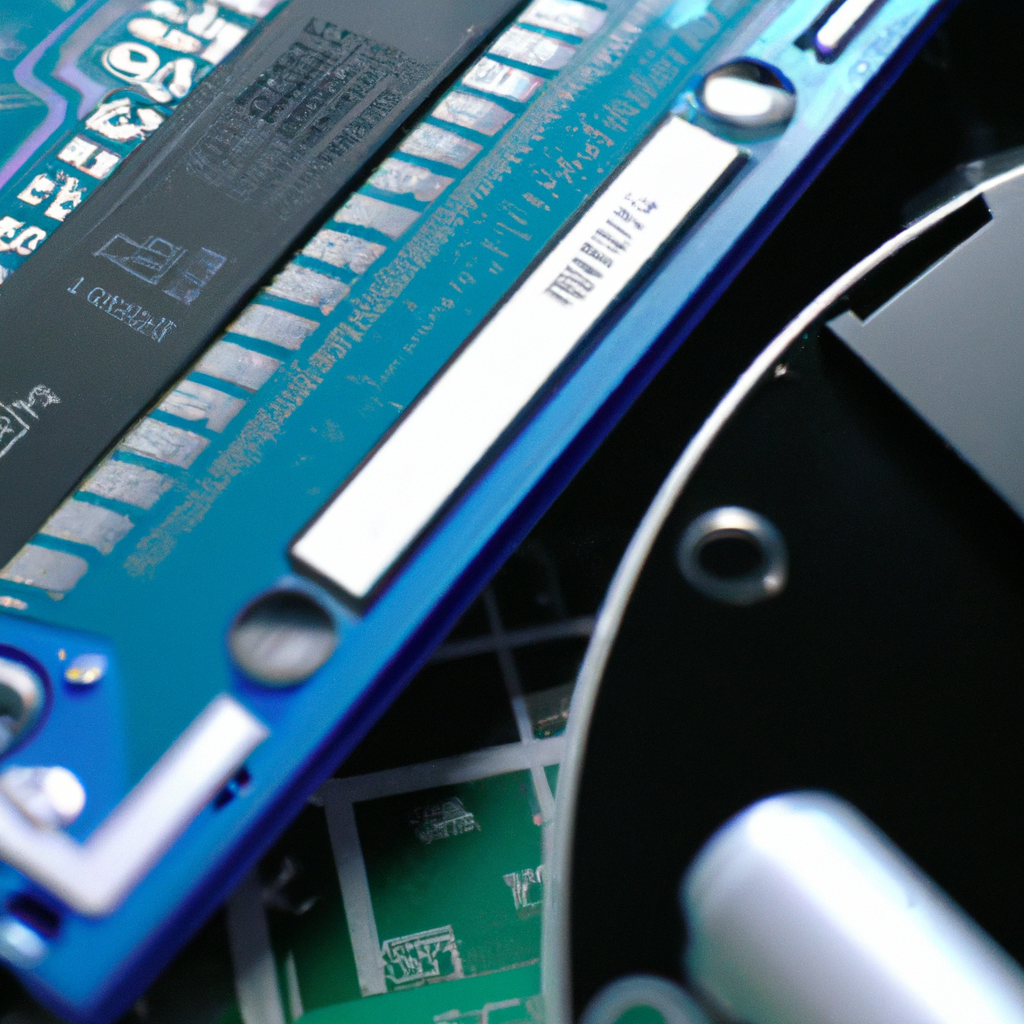Computer memory is an essential component of any computer system. It is responsible for storing and retrieving data that the computer needs to run different programs and applications. There are several types of computer memory, including RAM, ROM, virtual memory, and cache memory. In this article, we will explore how computer memory works, different types of memory, memory capacity, memory allocation, memory management, and memory hierarchy.
Understanding Computer Memory
Computer memory refers to the physical devices in a computer that store data and instructions for processing by the central processing unit (CPU). The CPU constantly accesses data and instructions in memory to execute programs and perform different tasks. Memory is volatile, meaning that it loses its contents when the computer is turned off.
Different Types of Computer Memory
1. RAM – Random Access Memory
RAM is the primary memory of a computer system. It is volatile memory that temporarily stores data and instructions that the CPU needs to access quickly. RAM is fast, but its capacity is limited. When the RAM is full, the computer uses virtual memory to store additional data.
2. ROM – Read-Only Memory
ROM is non-volatile memory that stores data and instructions permanently. It is used to store the BIOS (Basic Input/Output System) and firmware of different hardware devices in a computer system. Unlike RAM, ROM cannot be overwritten or changed.
3. Virtual Memory
Virtual memory is a technique used by the operating system to extend the capacity of RAM. When the RAM is full, the operating system moves some data and instructions to the hard disk, freeing up space in RAM for new data and instructions. Virtual memory is slower than RAM, but it allows the computer to run more programs and applications than the available RAM can handle.
4. Cache Memory
Cache memory is a type of memory that stores frequently used data and instructions for fast access by the CPU. Cache memory is faster than RAM, but its capacity is limited. There are three levels of cache memory, including L1, L2, and L3 cache. The CPU accesses L1 cache first, followed by L2 and L3 cache.
Memory Capacity
Memory capacity refers to the amount of data and instructions that a computer system can store. The RAM capacity of a computer system determines how many programs and applications can run simultaneously. The ROM capacity determines the amount of firmware and BIOS that can be stored on the computer system. The capacity of virtual memory depends on the hard disk capacity of the computer system, while cache memory capacity depends on the level of cache in use.
Memory Allocation
Memory allocation refers to the process of assigning memory to different programs and applications running on a computer system. The operating system allocates memory to different programs based on their memory requirements. If a program requires more memory than what is available, the operating system uses virtual memory to store additional data.
Memory Management
Memory management refers to the process of optimizing the use of memory in a computer system. The operating system manages memory by allocating memory to different programs, freeing up memory when it is no longer needed, and using virtual memory when the RAM is full. Memory management is essential for improving the performance of a computer system.
Memory Hierarchy
Memory hierarchy refers to the organization of different types of memory in a computer system. The CPU accesses cache memory first, followed by RAM, and then virtual memory. The memory hierarchy is designed to optimize memory access and improve the performance of a computer system.
Conclusion
In conclusion, computer memory is an essential component of any computer system. Different types of memory, including RAM, ROM, virtual memory, and cache memory, serve different purposes in a computer system. Memory capacity, memory allocation, memory management, and memory hierarchy are critical factors that determine the performance of a computer system. Understanding how computer memory works is essential for optimizing the use of memory and improving the performance of a computer system.







